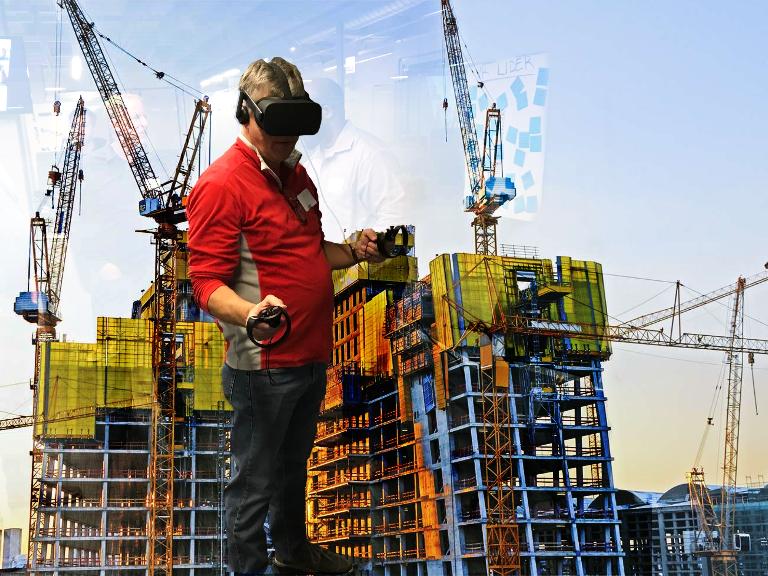

curious.
What does digital mean in building materials and construction?
This past April marked the end of a large chapter in my consulting career to date. I rolled off a long-term engagement with a client in the building materials space that spanned a couple of years, multiple countries and a plethora of strategic and operational topics: from operational process improvements to regional strategic planning, talent management strategy to global digital transformation.
Buzzwords are fun and "digital" is no exception. But, what does digital even mean for building materials, and why does it matter? What does an organization aim for, or, rather, how does an individual need to change their actions, when the company sets a goal of "becoming the digital leader in the building materials industry?" It sounds ambitious, challenging and a little bit exciting. Our global project team has spent the past year determining the answers to these questions.
First, some organizational context. Our client is already a global leader in the building materials industry and has achieved this through a historically entrepreneurial culture. This translates to decentralized decision-making and strong action-orientation in an industry slow to adopt innovation. A paradox in and of itself, these factors present quite the challenge to overcome for a globally coordinated digital transformation effort with the ultimate goal of driving measurable business impact.

Through rigorous analysis and an intensive interview program, we answered the earlier questions (I won't go through the detailed approach and outcomes, but trust that we read a lot of things, spoke to a lot of people, and thought about a lot of stuff):
- Why does it matter?
Digitalization is affecting the construction industry and change is inevitable. Comparatively, we have already seen other industry landscapes completely evolve with incumbents being displaced by faster, customer-centric startups or seen in value chains compressing and consolidating. Although the industry is a digital laggard, we already see the emergence of construction-focused unicorns (e.g., Katerra, Carbon) – a relatively clear indicator of change on the horizon. The unique aspect of our client and this effort is the proactive approach and willingness to spearhead the disruption of its own industry.
- What does it mean for us?
The communication of a digital end game by each of the major functional areas helped in driving alignment to the nebulous goal of "becoming the digital leader in our industry." Linking disruptive trends to strategic priorities helps to translate what a "smart factory" means to the client's shop floor operators or how to prioritize efforts around Building Information Modelling (BIM). For example, the use of analytics and augmented intelligence can enable the worker, rather than replace in one fell "lights out" swoop. Our client's leadership also recognized the need to pivot towards agile methodologies to keep up with the pace of change holistically across functions.
- What do we need to do differently?
Through an interview program with over 100 global leaders, we defined three pillars to anchor the digital transformation roadmap against. These pillars answered three key questions:
- How do we become knowledgeable of the latest and most impactful disruptive trends?
- How do we enhance the mindset and develop the organization to keep up with the pace of change?
- How do we coordinate ourselves to actively move towards the functional end states and transform its business model?

It has been bittersweet for me to move away from this project, especially upon reflecting on all that has been achieved and the current momentum behind it. A global leader with over $10 billion in annual revenue founded a new entity focused specifically on digital transformation. Two digital hubs in key innovation ecosystems were established in North America and Europe. Over 250 global leaders were trained in a first wave of digital awareness and agile methodologies. A disruptive trend report was developed in the context of the industry and relevance to the client's strategy. A defined program was budgeted, resourced and is in execution with use cases across functions to improve both commercial and operational excellence.
With that being said, my key learnings come down to two things:
- Prioritization and focus are about choosing what not to do. There's probably some personal learning linked to this that I haven't figured out yet of learning how and when to say no.
- Digital transformation has little to do with technology and everything to do with people.
I've got a few fun things in the pipeline I'm looking forward to sharing with you soon, so until next time.
Daniel




